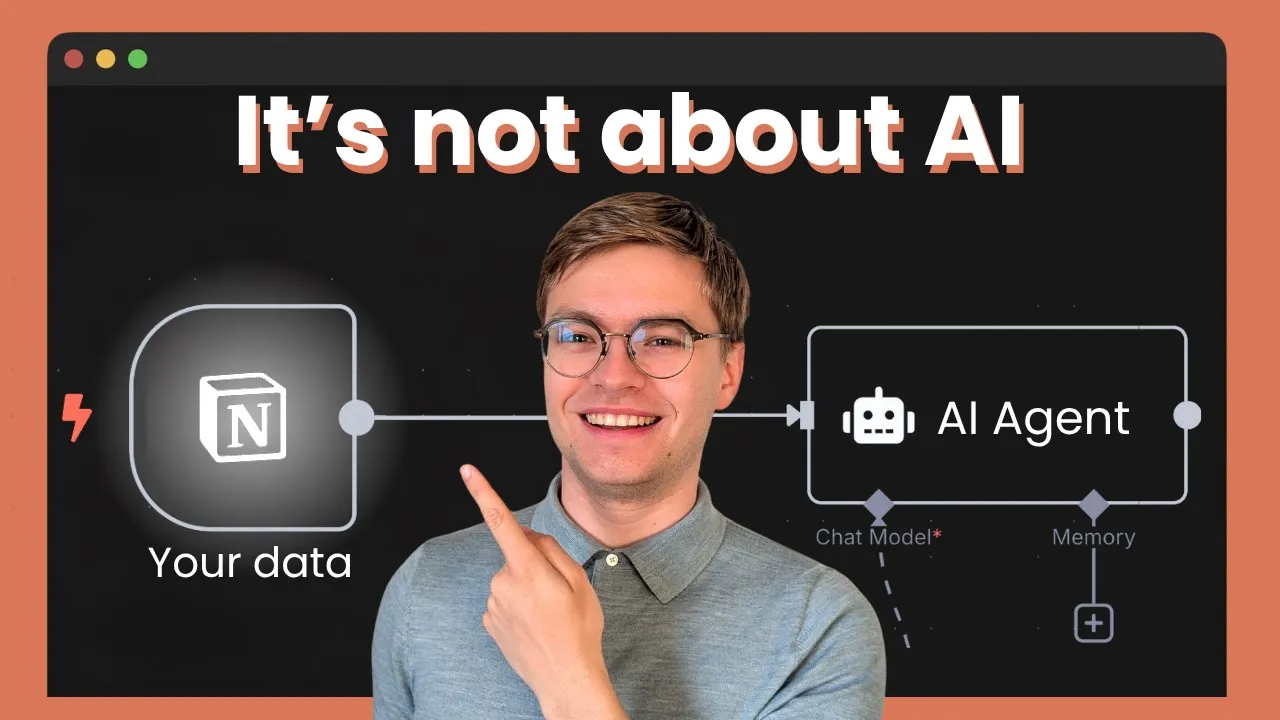Why Most AI Content Automation Creates Spam Not Value
The internet is drowning in AI-generated garbage. Every day, thousands of blogs, articles, and posts flood online platforms—content that nobody asked for, nobody will read, and nobody will remember. The promise of AI content automation has created a spam apocalypse, but it doesn’t have to be this way. Understanding why most AI content fails is the first step to creating automation that actually provides value. For comprehensive guidance on building AI systems that deliver real business value instead of spam, see my proven AI implementation strategies.
The Telltale Signs of AI Spam
You know it when you see it. That generic opening sentence that tries too hard to be profound: “The concept of [topic] isn’t just clever—it’s transformative.” The meandering paragraphs that say nothing specific. The conclusion that could apply to literally any subject. This is AI spam, and readers have developed an immediate allergic reaction to it.
These telltale signs exist because most people use AI content automation backwards. They start with empty inputs and expect meaningful outputs. They feed AI generic prompts and are somehow surprised when it produces generic content. The result is digital pollution—content that exists only to exist, providing no value while making it harder to find content that does.
The Average Content Epidemic
AI models are statistical systems. When you don’t provide unique input, they default to the statistical average of their training data. This means generating content that represents the most common way things are typically said about typical topics. It’s content designed by committee, averaged across millions of examples, stripped of anything distinctive or valuable.
This averaging effect compounds when everyone uses the same approach. Thousands of people asking AI to “write a blog post about productivity” get thousands of nearly identical posts. The internet fills with content that all sounds the same because, statistically speaking, it is the same. It’s the written equivalent of muzak—technically music, but nobody’s actually listening.
Why Readers Instantly Recognize AI Spam
Readers have developed sophisticated radar for AI-generated content because it lacks the hallmarks of human expertise. Real expert content includes specific examples from experience, unique insights that challenge common thinking, and the confident voice of someone who actually knows what they’re talking about. AI spam has none of these qualities.
When readers encounter AI spam, they don’t just ignore it—they actively distrust it. They question whether the supposed author has any real knowledge to share. They wonder if the website is just a content farm. They leave immediately and don’t come back. The damage to reputation far exceeds any supposed benefit from having “more content.”
The Automation Quantity Trap
The ease of AI content generation creates a dangerous temptation: if you can create one piece of content in minutes, why not create hundreds? This quantity-over-quality mindset is exactly what turns potentially useful automation into spam generation. It mistakes content creation for value creation, forgetting that content without value is worse than no content at all.
This trap is especially seductive because it feels productive. Numbers go up—post count, word count, page count. But the metrics that actually matter—reader engagement, trust building, valuable outcomes—plummet. You’re not building an audience; you’re building a ghost town of content nobody visits.
The Respect Equation in Content Creation
Creating valuable automated content comes down to respect—respect for your audience’s time and intelligence. Every piece of content you publish asks readers to invest their attention. If you’re giving them generic AI output in return for that attention, you’re essentially stealing their time. They won’t forgive that theft.
Respecting your audience means ensuring that automated content provides real value. It means using automation to deliver your expertise more efficiently, not to fake expertise you don’t have. It means quality controls that prevent spam from ever reaching readers. Most importantly, it means remembering that content is a value exchange, not a numbers game.
Building Value-First Automation Systems
The alternative to AI spam isn’t avoiding automation—it’s building automation systems that prioritize value over volume. This starts with rich input data drawn from real expertise and experience. It continues with quality controls that ensure output meets standards worth publishing. It concludes with distribution strategies that connect valuable content with readers who need it.
Value-first automation produces less content but better content. Each piece justifies its existence by providing insights readers can’t find elsewhere. The automation amplifies expertise rather than replacing it. The result is content that builds audience trust rather than destroying it. For detailed guidance on avoiding the common pitfalls that lead to AI project failures, explore my analysis of why AI projects fail and how to succeed.
The Sustainable Path Forward
As AI tools become more accessible, the spam problem will only grow worse. The internet will continue filling with generic content that provides no value. But this creates opportunity for those who use AI automation responsibly. As spam proliferates, valuable content becomes more precious. Readers become more discerning and more loyal to sources that respect their time.
The sustainable path forward isn’t to join the spam producers or to avoid AI entirely. It’s to use AI automation as a tool for delivering real value more effectively. It’s to maintain standards that ensure every piece of content earns its place in readers’ attention. It’s to be part of the solution, not the problem. To build the technical skills needed for responsible AI implementation, see my comprehensive AI engineer career roadmap.
To see concrete examples of how AI automation can create value instead of spam, including side-by-side comparisons of good versus bad output, watch the full video tutorial on YouTube. I demonstrate exactly what separates valuable automated content from digital pollution. Ready to build automation systems that respect your audience? Join the AI Engineering community where we focus on creating content that deserves to exist.

